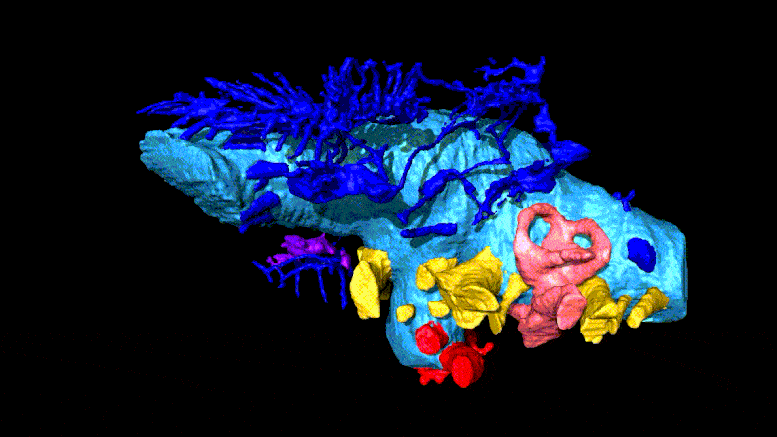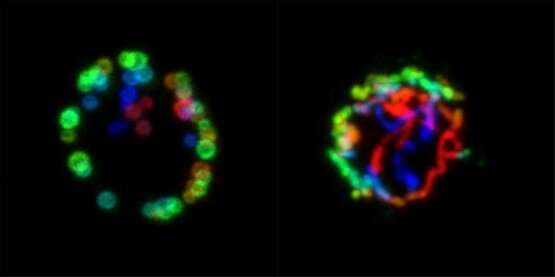· 24 mins ·
Safety was the reason the WHO stopped clinical trials of a drug that is not even an amphetamine. This happened before the racial divide, distraction, and mass confusion.
So let US think with a clear head. If Hydroxychloroquine is unsafe because of heart concerns, why give children amphetamines for ADHD, when marijuana and other natural measures offer many more safer alternatives? I know of them, why don’t the WHO and FDA, who know more than I do know as well? I can start a w… See More.
First-line stimulant class medications, such as methylphenidate and amphetamine formulations are FDA approved for the treatment of Attention Deficit Hyperactivity Disorder (ADHD) and narcolepsy. It is estimated that 4.4% of US adults experience some symptoms and disabilities of ADHD. However adults receive 32% of all issued stimulant prescriptions.1 Off-label treatment for conditions including weight management, fatigue related to depression, stroke, traumatic brain injury, or hyper-somnolence due to Obstructive Sleep Apnea (OSA) may account for the high prevalence of stimulant use in adults. Such conditions are frequently associated with history or risk of cardiovascular disease. Of note, OSA and other forms of sleep-disordered breathing have unfavorable effects on cardiovascular physiology, predisposing affected individuals to cardiovascular disease and cardiac arrhythmias.2,3
Due to reports of cardiovascular adverse events and observed physiological effects, the package inserts for stimulant drugs warn against use in patients with preexisting heart disease or cardiac structural abnormalities due to risk of sudden death, stroke, and myocardial infarction (MI).4–6 Furthermore, the FDA issued a safety announcement in 2011 stating that stimulant products and atomoxetine should not be used in patients with serious heart problems, or for whom an increase in blood pressure (BP) or heart rate (HR) would be problematic.7 Table 1 summarizes the available stimulant and stimulant-like medications, including those referenced by the FDA. Debate remains on the safety of stimulants in the cardiovascular population. Specifically, the use of stimulants in patients with history of or susceptible to arrhythmias has not been studied. In an effort to elucidate risk, interpretation of current evidence surrounding stimulant and stimulant-like drugs is offered.







